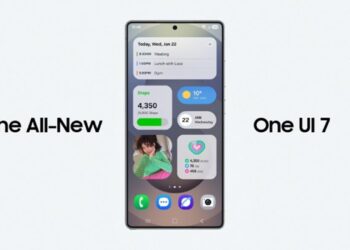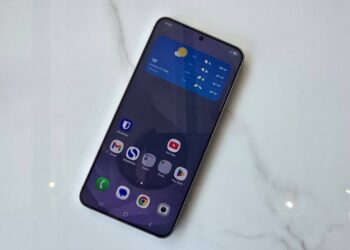While the rest of the world seems to be embracing the eSIM revolution, Africa is lagging behind. Samsung, a major player in the smartphone industry, has confirmed eSIM support for only nine African countries on its official support page. This means that users in over 40 other African nations are missing out on the convenience and flexibility of digital SIM technology.
The list of supported devices is limited to premium offerings, covering popular models like the Galaxy S23 series, Galaxy Z Fold and Flip models, and even the Galaxy Note 20. This isn’t a Samsung thing, but it applies to other brands too. Below is the full list of Samsung devices compatible with eSIM technology as of February 2024:
- Galaxy S24, Galaxy S24+, Galaxy S24 Ultra, Galaxy S23, Galaxy S23+, Galaxy S23 Ultra, Galaxy S23 FE, Galaxy S22, Galaxy S22+, Galaxy S22 Ultra, Galaxy S21, Galaxy S21+, Galaxy S21 Ultra, Galaxy S20, Galaxy S20+, Galaxy S20 Ultra
- Galaxy Z Fold 5, Z Flip 5, Galaxy Z Fold 4, Z Flip 4, Galaxy Z Fold 3, Z Flip 3, Galaxy Z Fold 2, Galaxy Z Flip 5G, Galaxy Z Flip, Galaxy Z Fold
- Galaxy Note 20, Note 20 Ultra
However, even if you own one of these devices, you won’t be able to ditch your physical SIM card unless you’re in Kenya, Ghana, Libya, Mauritius, Morocco, Nigeria, Senegal, South Africa, or Tunisia. Below is a list of supported African countries and network providers:
- Ghana: AirtelTigo, MTN
- Kenya: Airtel, Safaricom
- Libya: Almadar Aljadid
- Mauritius: Emtel, Orange
- Morocco: Maroc Telecom
- Nigeria: Airtel, MTN
- Senegal: Expresso, Free, Orange
- South Africa: Cell C, MTN, Telkom, Vodacom
- Tunisia: Ooredoo, Orange
So, why the limited support? It likely boils down to a combination of factors. eSIM technology is still relatively new, and many African carriers haven’t yet updated their infrastructure to accommodate it. For instance, it’s only last year that Airtel introduced eSIM support in Kenya following in the footsteps of Safaricom and JTL. Additionally, regulatory hurdles and varying levels of technological adoption across the continent may be playing a role.
This slow uptake is a stark contrast to regions like Asia, Europe, and America, where eSIM support is widespread. It’s a reminder that while Africa has made strides in technological advancement, there’s still a long way to go in terms of adopting the latest innovations.
But there’s hope on the horizon. As eSIM technology matures and becomes more affordable, it’s likely that more African countries and carriers will jump on board. For now, though, users in most of the continent will have to wait a bit longer to experience the seamless connectivity and convenience that eSIMs offer.












